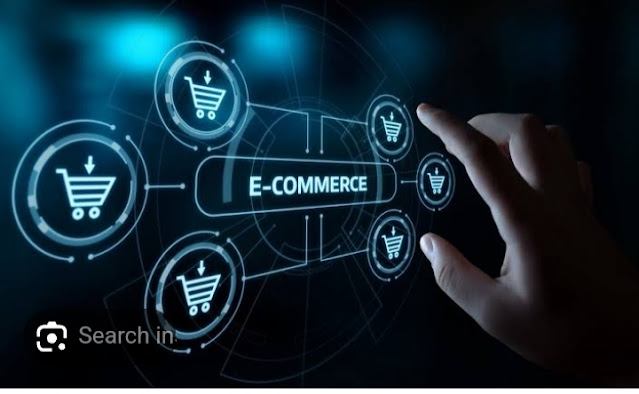 |
| E_Commerce |
Navigating the World of E-Commerce: A Comprehensive Overview
Introduction
to E-Commerce
E-Commerce,
short for electronic commerce, has revolutionized the way businesses sell
products and services. It involves conducting commercial transactions online,
encompassing various aspects of buying and selling through the internet. In
today's digital era, e-commerce is a powerful force driving global commerce.
E-Commerce
Business Models
E-commerce
operates under different business models, including B2C (Business-to-Consumer),
B2B (Business-to-Business), C2C (Consumer-to-Consumer), and more. Each model
caters to specific markets and customer segments.
Creating
an E-Commerce Website
A
robust online presence is a cornerstone of e-commerce success. Building an
effective e-commerce website requires careful consideration of design, user
experience, and functionality. Bold keywords should
be strategically placed in product descriptions and category pages to enhance
SEO.
Payment
and Security
E-commerce
transactions hinge on secure payment processing. Implementing reliable payment
gateways and SSL certificates ensures customer data protection, instilling
trust in your online store.
Inventory
Management and Fulfillment
Efficient
inventory management is crucial for e-commerce businesses. Real-time tracking
of product availability and automated order fulfillment processes can
streamline operations and improve customer satisfaction.
Marketing
and Customer Acquisition
E-commerce
marketing strategies, including bold keyword
optimization, social media marketing, email campaigns, and pay-per-click
advertising, are essential for attracting and retaining customers in a highly
competitive online marketplace.
Data
Analytics and Personalization
Data
analytics plays a pivotal role in understanding customer behavior. Leveraging
data insights allows for personalized marketing, product recommendations, and a
tailored shopping experience, increasing conversion rates.
Global
Expansion and Adaptation
E-commerce
offers the opportunity for global expansion. Businesses should adapt to
international markets by addressing language, currency, and cultural
differences while also staying compliant with regional regulations.
In
conclusion , e-commerce is a multifaceted ecosystem encompassing diverse
business models, website development, secure payment processing, inventory
management, marketing strategies, data analytics,
